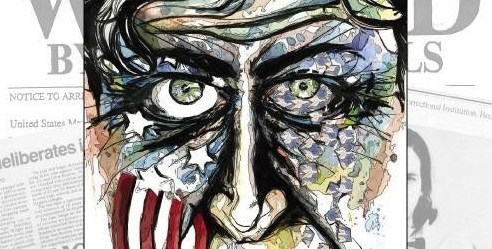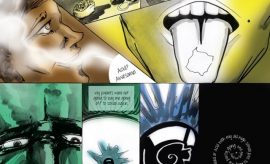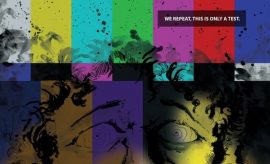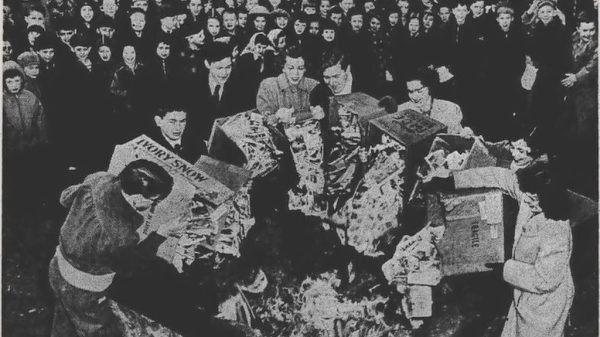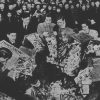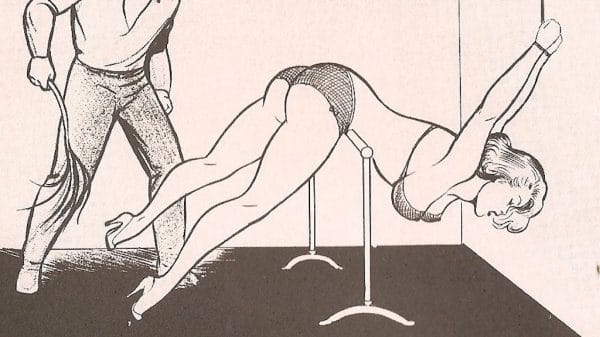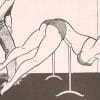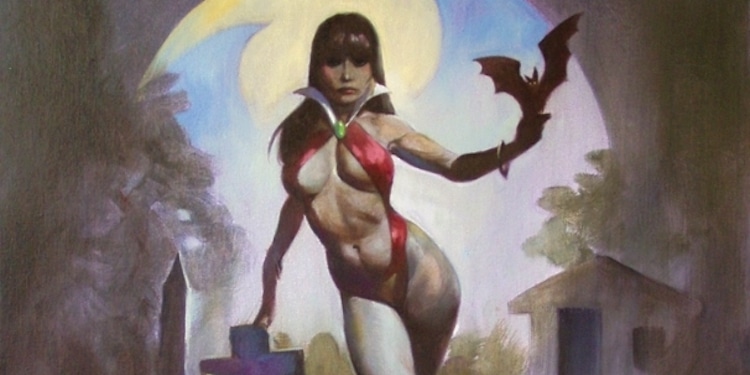It’s been two years since Seth Ferranti was released from prison, after serving the majority of a 25 year sentence for distributing LSD across the state of Virginia. At 22, he was selling hundreds of thousands of hits of acid, as well as weed, on the college scene and elsewhere as a drug kingpin. Before being captured, he faked his own suicide and became a fugitive, landing himself on the U.S Most Wanted List. And like many others, he was a victim of America’s aggressive, money-fattened war on drugs: as a perpatrator of non-violent drug crime, he was given an inflated sentence as part of the DEA’s attempts to crack down on drugs in the 90s.
The last two decades in the United States saw a serious upturn in the narrative surrounding drugs. We’re now at a stage where widespread marijuana legalisation is on the horizon, and the war on drugs has a serious opposition in both the political sphere and on the streets. Obama’s recent announcement of clemency for over 100 inmates incarcerated for drug offences from the 90s – including Tim Tyler – signals another wind of change. Ferranti may have been on the tale end of this wave of attitude adjustments, but it’s given him a unique perspective on a deadly, money-driven, misguided political agenda.
Now in his forties, he’s obtained three college degrees, wrote a plethora of books and carved a journalism career from behind bars. He’s now a publishing powerhouse, as well as a filmmaker in the midst of his new series Easter Bunny Assasin. The literary journey continues parallel with a life he’s built for himself beyond incarceration, leaving behind faked I.Ds and brushes with drug gangs to write his autobiographical graphic novel, Confessions of a College Kingpin. The first issue, with panels shown here on Dazed, highlight his formative years as a middle class teen in the suburbs of Virginia, charting his spiral as a naive 16-year-old into a world of technicolour papers, smokey mushroom clouds of weed and a $30,000 salary-of-sorts. Here, we talk to Ferranti about his chaotic journey, fighting off his demons as well as the pursuing authorities, and life beyond bars.
When did your literary journey actually begin?
Seth Ferranti: I grew up playing in bands – I used to sing and I played guitar, mostly punk rock stuff and alternative, wrote poetry. I fancied myself Jim Morrison or Henry Rollins type of guy. I was already an artistic dude and then going into prison, I had time to educate myself: I read, did writing classes, did some journalism. The first thing I wrote that I’ve never put out is kinda like a comic book – trippy, surreal kind of stuff. Then I did Gangsters, everyone in there loved that kind of stuff. And they were my peers, and I wanted to be recognised by them. But now I’ve got this new audience. The last two years that I’ve been out has been a transition into stuff like Confessions of a College Kingpin and I got the other short film series I’m doing Easter Bunny Assassin, I can experiment.
This is your first venture into graphic novels to tell your story. Why do your autobiography using this literary form?
Seth Ferranti: I grew up reading comics: X Men, Batman, the Joker, that was a big part of my early teenage years – I’d get like twenty, thirty comics in a month. I always wanted to do comics, except when I was in prison all the good artists are doing tattoos, because they get paid for it immediately. I never had the money. When I got out I had more access to what I needed. I also wanted that visual element, because my story’s really LSD and marijuana-infused, which really works with images.
The first depiction of the LSD trip is particularly arresting, falling into this splash of colours.
Seth Ferranti: I want to visually develop my story in different mediums like film too, but I think for right now doing it in a comic is really cool.
Did you find it at all challenging working with someone else to serialise your life?
Seth Ferranti: Yeah especially when it’s your story, and trying to cram three years of my life into something. K. Anthony Lawler really helped me with what would and wouldn’t work visually. I have all the material there because it’s my life, it’s just working with an artist really kind of helped me to hone the story. Way back I was just writing, answering and my wife would edit. I’ve done film stuff since coming out of prison but it’s so much more collaborative. It gives areas of my life I didn’t give much thought to before a different perspective. Something happens on some personal level emotionally, but could mean something totally different to other people. There might be a part of my story that I don’t think is really that exciting or have any impact, but others find it fascinating.
How long has the process taken?
Seth Ferranti: I’d say about a year. I first met Kitty Anthony Lawler, the artist, in Kansas City in 2015. Writing didn’t take that long because I had most of it already written. I had the whole graphic album basically written like a documentary, but it was easy to turn the script into panels. Everyone I’m working with is independent though, everyone has other jobs. We’re actually we’re doing edits on issue two now. Lawler isn’t technically a comic book artist, he does a lot of fine art, but I like his watercolour style. It reminded me of Frank Miller was doing the Daredevil stuff in the 80s, and that Ralph Steadman type of vibe, because I love Hunter S. Thompson’s stuff. It’s new to both of us.
Read the Full Story @ Dazed Digital!


